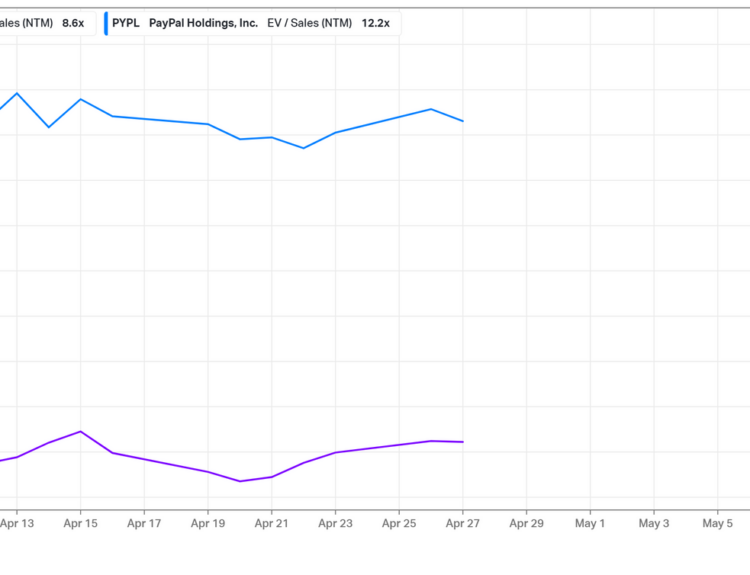Explore the pros and cons of Wall Street’s latest investment trend.
- Buffer ETFs protect against losses while capping potential gains.
- The number of these funds has surged from 13 in 2018 to 342, managing $108.3 billion.
- Investors must understand the trade-off of capped returns for downside protection.
- Lower interest rates may reduce the attractiveness of these funds.
- Armored funds are cheaper than fixed annuities and structured notes.
- They are not a substitute for bonds and may lack diversification benefits.
- Investors should be cautious about timing and potential interim losses.
Buffer ETFs, also known as armored funds, have gained immense popularity on Wall Street, allowing investors to capture some stock market gains while protecting against losses. Since 2018, the number of these funds has skyrocketed from just 13 to 342, now managing a staggering $108.3 billion. These funds come with various names, including defined-protection and structured-protection ETFs, but they all share a common feature: they provide a safety net against market downturns. However, this protection comes at a cost—investors must accept capped returns. For instance, if a fund offers 100% downside protection but caps gains at 8.45%, any stock market return above that limit will not benefit the investor. While these funds typically have low annual expenses and no commissions, making them more affordable than fixed annuities, they are not without risks. The recent interest rate cuts by the Federal Reserve could make these ETFs less appealing, as lower rates limit the capital available for options, potentially shrinking upside potential. Additionally, financial advisors often misrepresent these funds as substitutes for bonds, despite their close tracking of the stock market, which diminishes the diversification benefits that bonds typically provide. Investors should be aware of the timing of their investments, as selling before the annual reset could lead to losses. Ultimately, while buffer ETFs can be a useful tool for certain investors, particularly those looking to protect savings in the short term, they may not be suitable for everyone, especially those with longer investment horizons. Understanding the trade-offs is crucial before diving into these funds.·
Factuality Level: 7
Factuality Justification: The article provides a detailed overview of armored funds, including their benefits and limitations. However, it contains some subjective language and opinions that could mislead readers about the suitability of these funds for all investors. While it presents factual information, the use of phrases like ‘I like to call them armored funds’ and the emphasis on personal perspectives detracts from its overall objectivity.·
Noise Level: 8
Noise Justification: The article provides a detailed analysis of armored funds, discussing their benefits and limitations while supporting claims with data and expert opinions. It stays on topic, offers actionable insights for potential investors, and holds financial advisers accountable for their recommendations. However, it could improve by exploring more long-term trends or consequences of these investment strategies.·
Public Companies: First Trust (N/A), BlackRock (BLK), Innovator ETFs (N/A), Calamos Investments (N/A), Morningstar (MORN)
Key People: Bruce Bond (Founder of Innovator ETFs), Matt Kaufman (Head of ETFs at Calamos Investments), Rachel Aguirre (Head of U.S. iShares product at BlackRock), Ryan Issakainen (Strategist at First Trust), Lan Anh Tran (Analyst at Morningstar), Jason Zweig (Writer about investment strategy)
Financial Relevance: Yes
Financial Markets Impacted: Yes
Financial Rating Justification: The article discusses mutual funds and exchange-traded funds that use options contracts to insure against losses while capturing some gains, which are also known as buffer, defined-protection, defined-outcome, target-outcome or structured-protection ETFs. These ‘armored’ funds provide protection against market losses but limit potential gains. The article mentions specific examples of these funds and their performance in different scenarios, such as the S&P 500 loss and the impact of interest rates on their upside potential. It also highlights the pros and cons of investing in these funds and how they can be considered an alternative to bonds or cash. The financial markets are impacted by the popularity and growth of these funds.
Presence Of Extreme Event: No
Nature Of Extreme Event: No
Impact Rating Of The Extreme Event: No
Extreme Rating Justification: The article discusses financial products and market trends but does not report on any extreme event that occurred in the last 48 hours.·
Move Size: No market move size mentioned.
Sector: Technology
Direction: Up
Magnitude: Small
Affected Instruments: Stocks
 www.wsj.com
www.wsj.com 





